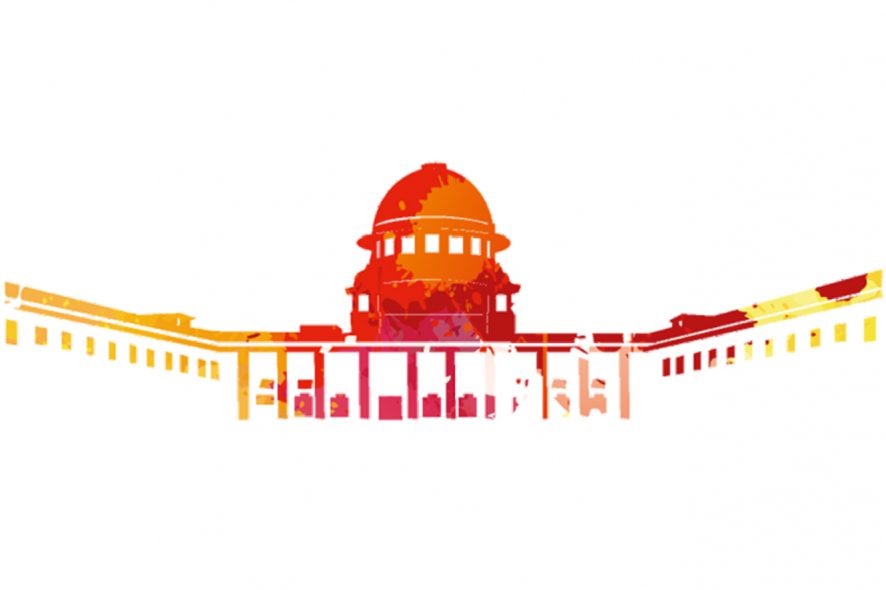Supreme Court: In a case regarding increased ammonia levels in river Yamuna due to discharge of pollutants, the 3-judge bench of SA Bobde, CJ and AS Bopanna and V. Ramasubramanian, JJ stated, “It has become necessary, to compare the costs of prevention and control of water pollution against its effects on human health including treatment, indirect economic costs and damage to flora and fauna.”
Acknowledging that pollution of water supplies by sewage effluents had been and still is a major cause of variety of diseases and discomforts, the Court directed for the registration of suo moto writ petition (civil) with regard to the issue of contamination of rivers by sewage effluents and ensure that the mandate is implemented by municipalities as far as discharge of sewage into rivers was concerned. Since, the effect of water pollution on human health was not the only adverse factor; it could seriously harm the aquatic life in water bodies.
Remediation of polluted rivers
After dwelling upon constitutional and legislative mandates, the Court expressed that Water (Prevention and Control of Pollution) Act, 1974 was enacted with an objective to provide for the prevention and control of water pollution and maintaining or restoring of wholesomeness of water. Reliance was placed by the Court on the case of Paryavaran Suraksha Samiti v. Union of India, (2017) 5 SCC, where the Court had emphasised over duties of municipalities regarding public health, sanitation conservancy and solid waste management, it was held, “Given the responsibility vested in municipalities under Article 243-W of the Constitution, as also, in Item 6 of Schedule XII, wherein the aforesaid obligation, pointedly extends to “public health, sanitation conservancy and solid waste management”, we are of the view that the onus to operate the existing common effluent treatment plants, rests on municipalities (and/or local bodies). Given the aforesaid responsibility, the municipalities (and/or local bodies) concerned, cannot be permitted to shy away from discharging this onerous duty. In case there are further financial constraints, the remedy lies in Articles 243-X and 243-Y of the Constitution.”
The Bench stated, “Mandate of law is clear as far as setting up of Sewage Treatment Plants and stoppage of sewage effluents in surface water are concerned, but it is often found that either the sewage is not treated through a plant before being discharged or the treatment plants are not functional or incapacitated.”
Interim Order
Acknowledging the duties of State to improve the public health of citizens and protect the environment; the Court issued following directions:
- A notice be issued to State of Uttarakhand, Himachal Pradesh, Haryana, Delhi and Uttar Pradesh.
- Notice should also be issued to Secretary, Ministry of Environment, Forest and Climate Change and Secretary, Ministry of Housing and Urban Affairs, Government of India and Central Board of Pollution Control (CPCB).
- CPCB was directed to submit a report identifying municipalities along the river Yamuna, which had not installed total treatment plants for sewage as per the requirement or had gaps in ensuring that the sewage is not discharged untreated into the river. It was also directed to highlight any other source of prominent contamination within the limits of Municipalities.
- CPCB was further directed to submit priority-wise list of Municipalities, river stretches adjacent to which had been found to be most polluted.
- Senior Advocate, Meenakshi Arora, was appointed as amicus curiae to assist the Court in the Suo Moto petition.
The matter was listed for further hearing on 19-01-2021. [Delhi Jal Board v. State of Haryana, WP(C) No. 8 of 2021, decided on 13-01-2021]







